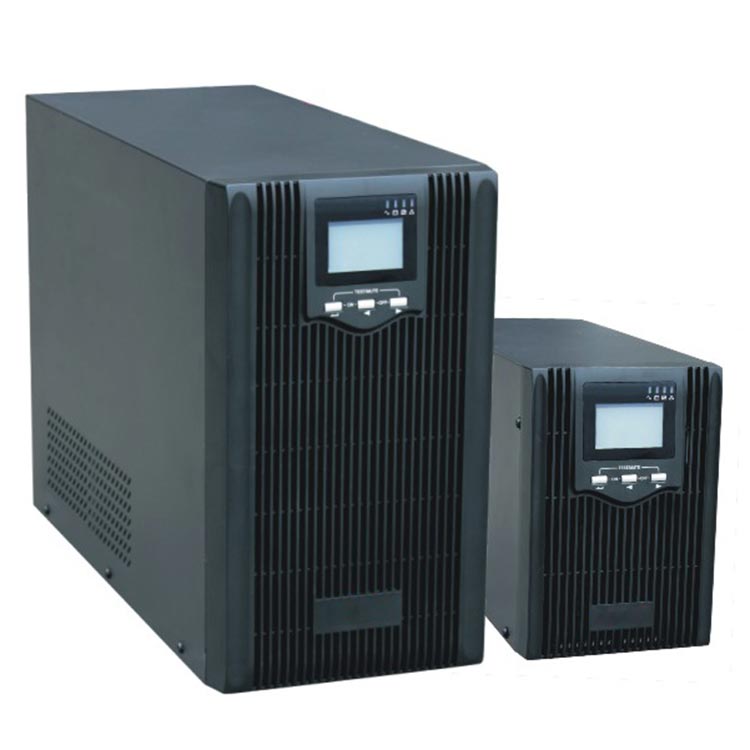Focus on Shengrong, and keep abreast of UPS industrial power industry trends

When discussing the principle of UPS power inverter circuit, the power switching device is always regarded as an ideal switch, but in fact, there is a transition process when there is a certain delay in the turn-on and turn-off process. Because of this, the UPS power supply power switching device will inevitably experience a process of high voltage at both ends and a large current flowing through it during the turn-on and turn-off process. The common method to solve the switching process loss of UPS power switching devices is to use a snubber circuit.
The buffer circuit is divided into two types: turn-on buffer and turn-off buffer circuit. The purpose of using this circuit is to make the collector voltage of the UPS power supply device drop to zero when the collector current is small. In the figure, when the inductance L adopts a saturated reactor, the fruit is better. Figure 3-32 shows the shutdown snubber circuit, where the left picture is called the RC type, and the right picture is called the RDC type. The purpose of the UPS power supply using the shutdown buffer circuit is to transfer part of the current in the device judgment to the buffer branch, and at the same time rely on the capacitor C to slow the frequency of the collector voltage rise, so as to reduce the judgment loss of the device.
In small UPS power supplies, due to the shorter turn-on process and longer turn-off time of the currently used fully-controlled devices, generally no turn-on snubber circuit is added and only a turn-off snubber circuit is added.

What is the difference between the external battery of the UPS power supply and the internal battery of the UPS. The external battery is outside the UPS power supply. Usually, there is an independent battery cabinet that is not integrated with the UPS power supply. Generally, the power of the UPS power supply with an external battery is relatively large. Its battery pack capacity or the number of newly added battery packs can extend the power supply. The built-in battery is in the UPS power supply. The built-in battery and the UPS power supply are integrated. Generally, the built-in battery of the UPS power supply is relatively small. The capacity of the battery installed in it is generally very small, and the battery pack can rarely be expanded. The built-in UPS power battery usually has a relatively small capacity due to the limitation of the size of the space in the UPS chassis, and the current of the charger is relatively small. The full-load backup power supply time is about 10 minutes.
The capacity of the external battery can be configured according to the size of the load and the length of the backup time. The maximum backup time can usually be more than 8 hours, so the UPS battery capacity is relatively large, and the charger current of the host is designed to be relatively large. If the charging current of the host is not enough, an external charger is required. The difference between UPS internal battery and external battery